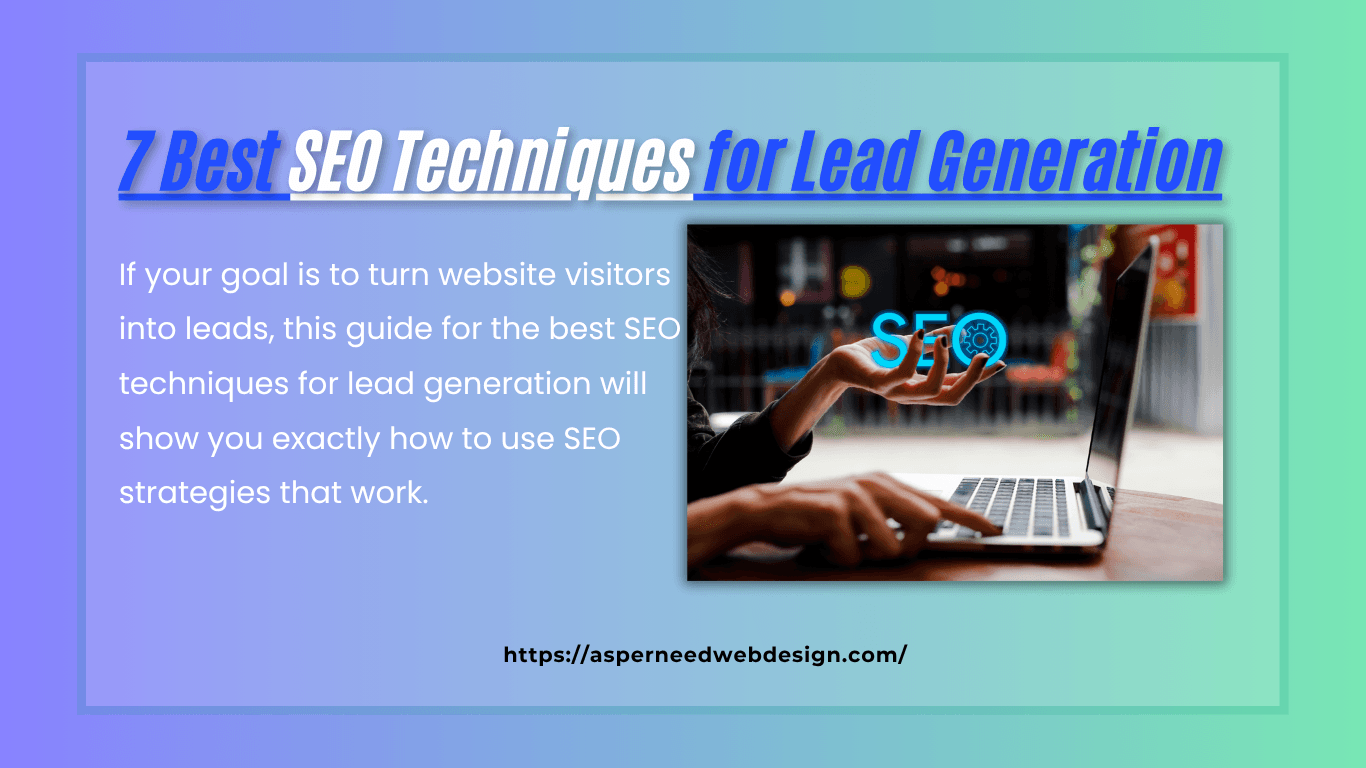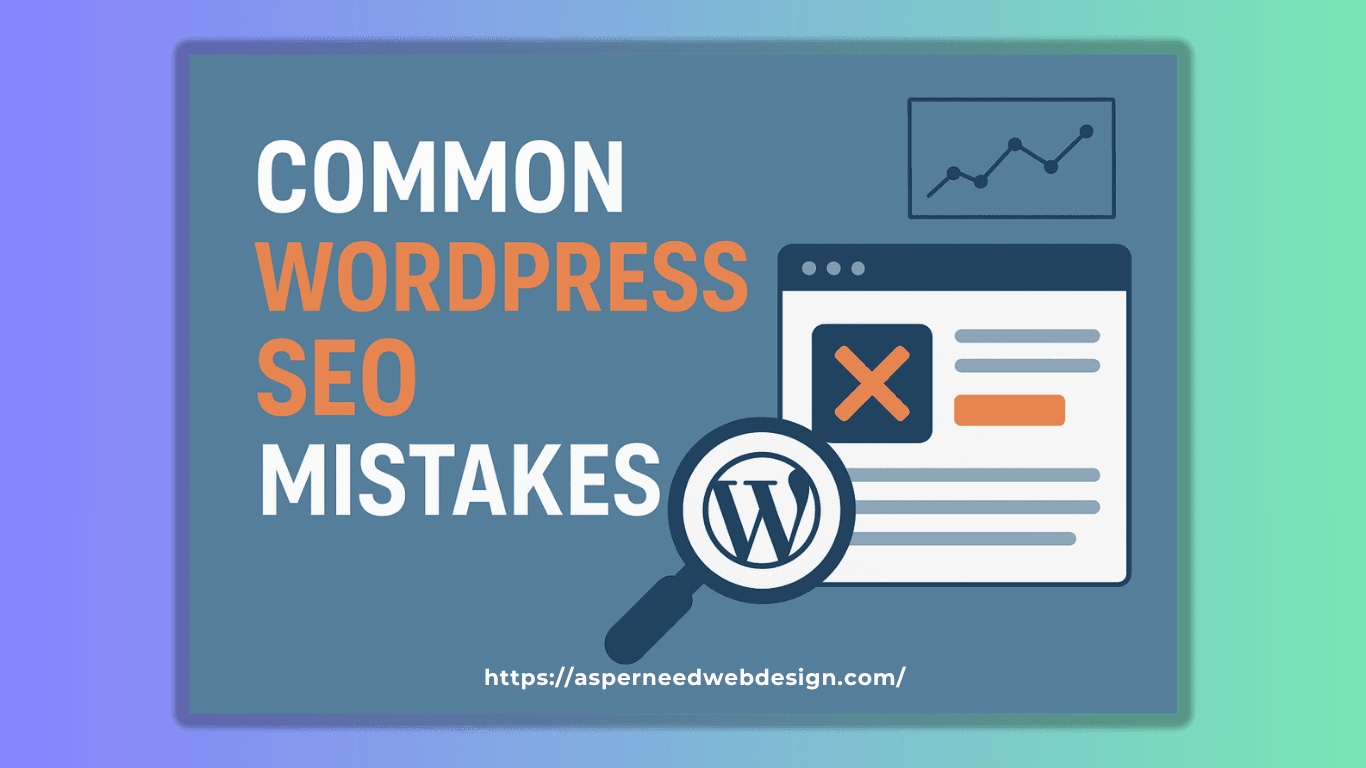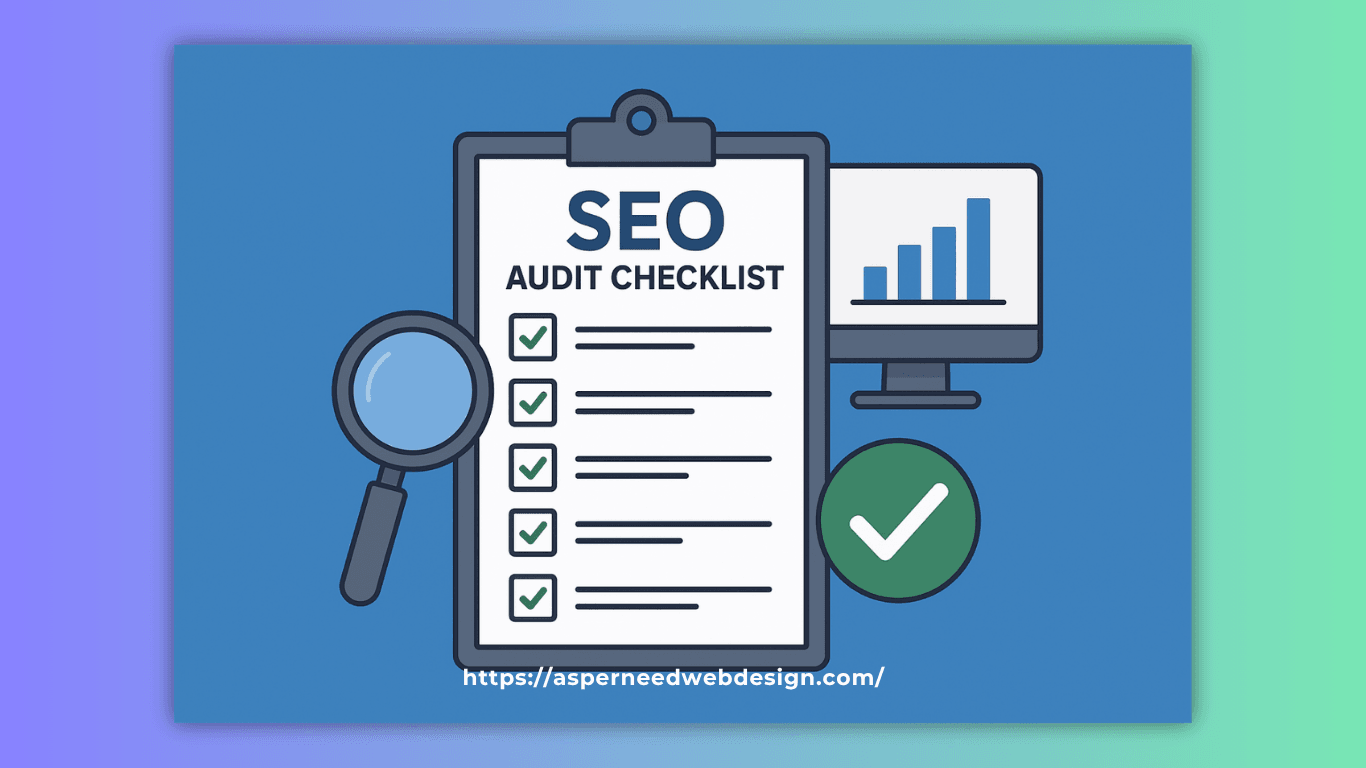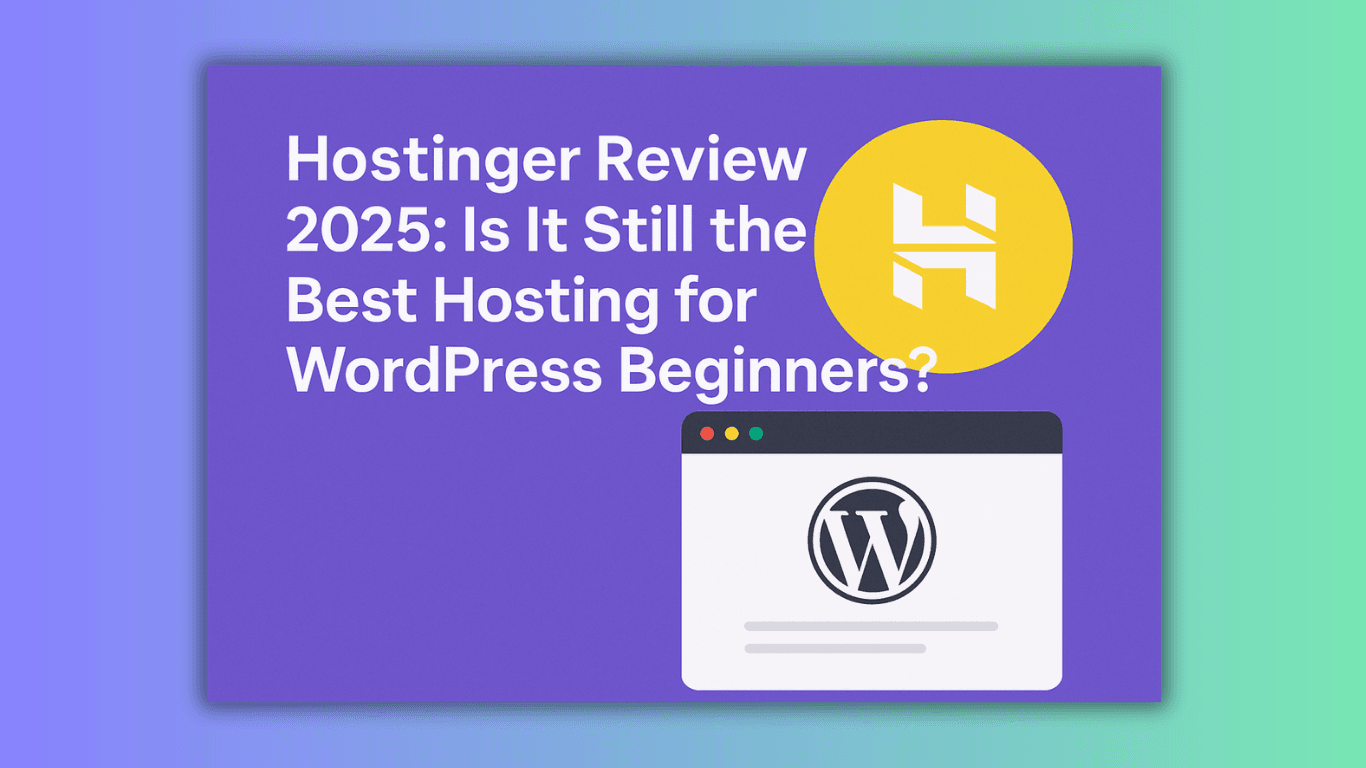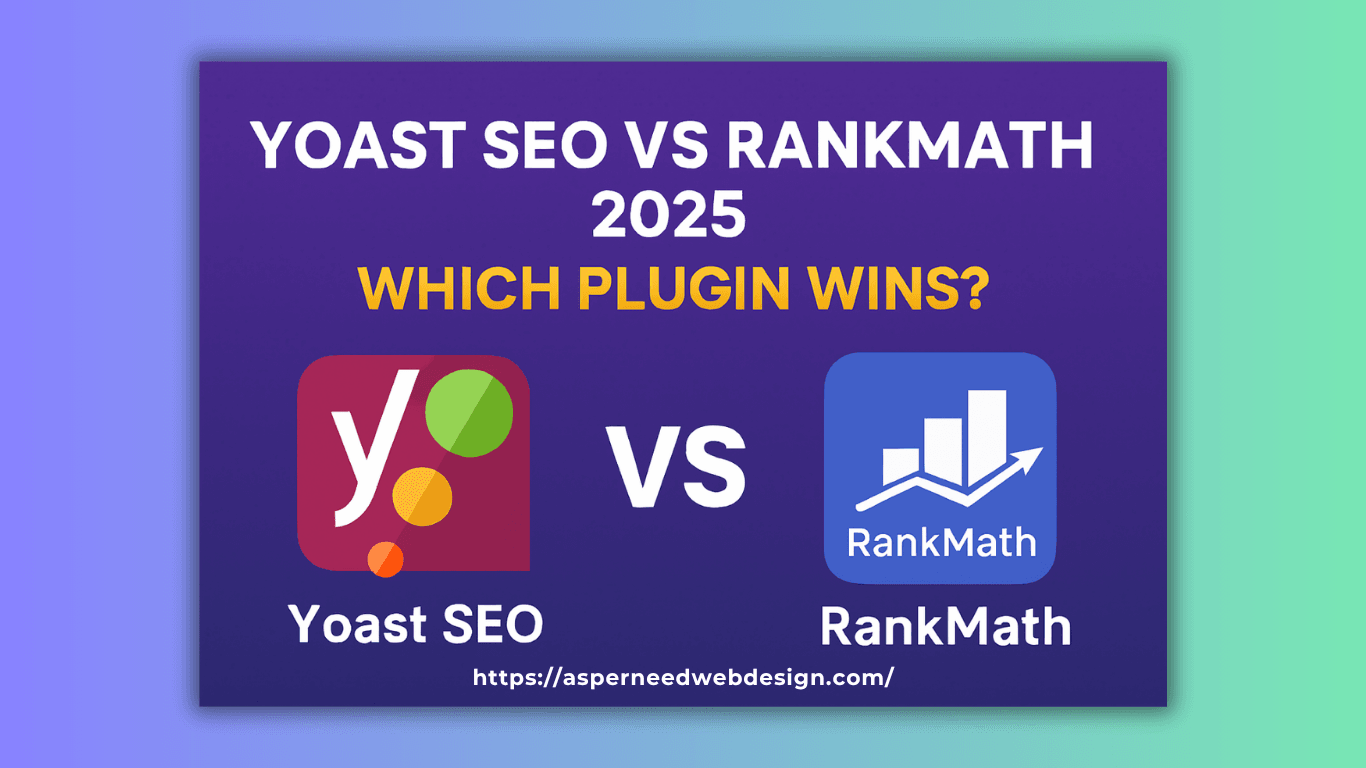From my own experience in digital marketing, I’ve learned that in today’s digital-first world, generating high-quality leads is one of the most critical factors for business growth. Many people see SEO only as a way to improve Google rankings, but in my projects, its real impact came when I used it to attract the right audience—people who were actively searching for my clients’ products, services, or solutions.
If your goal is to turn website visitors into leads, this guide for the best SEO techniques for lead generation will show you exactly how to use SEO strategies that work.
Table of Contents
1. Focus on Intent-Based Keywords
To generate quality leads, prioritize understanding the user’s intent—what they’re truly looking to achieve with their search. It’s not just about volume; it’s about relevance.
For example, someone typing “best invoicing software for freelancers” is likely closer to making a decision than someone searching “how to send an invoice.” These kinds of keywords often show that the person is at a stage where they’re either comparing options or ready to make a purchase.
Quick Tip:
Use keyword research tools like Ubersuggest, SEMrush, or Google Keyword Planner to discover high-intent search terms that match your offering.
2. Create Content That Solves Problems
People turn to search engines with specific questions and pain points. If your content directly addresses those needs, you’re not only increasing visibility—you’re building trust.
✅ How-to articles
✅ Guides and tutorials
✅ Checklists
✅ Real-world case studies
Problem-solving content builds your authority and gently moves the visitor toward becoming a lead.
3. Internal Linking = Smart Navigation
Internal links act as a roadmap through your website. They guide users from one relevant page to another, helping them discover more of your content while increasing their time on site.
When done strategically, internal linking doesn’t just improve SEO—it boosts user experience and nudges visitors toward high-converting pages like services, contact forms, or lead magnets.
4. Make Your Site Mobile-Friendly
With more than half of online traffic coming from mobile devices, your website must look and perform great on every screen size.
Use a responsive design, avoid small fonts or buttons, and ensure all content loads cleanly without frustrating users.
📱 Mobile optimization isn’t just a feature—it’s a lead-generation necessity.
5. Page Speed Is Lead Speed
A slow-loading site often results in lost opportunities. Website visitors won’t wait—they’ll bounce.
Enhance your website’s speed by compressing large images, cleaning up unnecessary code, and enabling browser caching so repeat visitors can load pages faster. Tools like GTmetrix, Google PageSpeed Insights, and Lighthouse can help you diagnose and fix speed issues.
6. Use Lead Magnets
A lead magnet is something valuable you offer at no cost to get a visitor’s contact details—such as an ebook, checklist, or free tool.
Make sure your lead magnets directly align with the page topic and support your primary service or business goal. For instance, a free SEO audit makes sense on a digital marketing page but not on a fashion blog.
Strategically place lead magnets throughout your website using popups, sidebars, or inline offers.
7. Track Everything
If you’re not tracking your SEO efforts, you’re flying blind. You need data to know what’s working and what’s not.
Tools like Google Analytics, Search Console, and Hotjar give you insights into what’s driving traffic, which pages convert well, and where users drop off. Use this data to improve and refine your content and layout continuously.
Other Powerful SEO Strategies for Lead Generation
Now that we’ve covered the basics, here are some next-level tactics to give you an edge over the competition.
1. Use Local SEO (Even If You’re Online)
Even fully digital businesses can benefit from optimizing for local search. Ranking for keywords like “best content writer in Bangalore” or “SEO consultant near me” gives you visibility among nearby customers.
✅ Claim and fully optimize your Google Business listing
✅ Use city- or region-specific keywords.
✅ Get featured on local directories and websites
2. Build Quality Backlinks
Earning backlinks from trustworthy websites tells search engines your content is reliable, helping you build authority and rank higher.
Try guest blogging, publishing original research, or creating visual content like infographics that others naturally want to reference and link to.
3. Add Live Chat or Chatbots
A visitor might have questions that stop them from converting—and if they can’t find answers quickly, they may leave.
Adding live chat or chatbots gives real-time support, improves engagement, and allows you to capture leads 24/7. Many bots can also segment leads based on behavior and route them to your sales team or email list.
4. Use Video Content
Including video on your website helps keep visitors engaged, encourages longer browsing, and improves the chances of conversion.
Use videos to:
- Explain your service or product
- Offer quick tutorials
- Share customer success stories
Bonus: Videos also rank on YouTube and Google, expanding your visibility.
5. A/B Test Your Pages
Small tweaks can lead to big improvements. Test different versions of your landing pages, CTAs, headlines, images, or forms to see what performs best.
Use tools like Google Optimize or Optimizely to set up simple A/B tests that uncover what resonates most with your audience.
6. Offer Lead Magnets (Yes, Again!)
We said it before and we’ll say it again—lead magnets work.
The key is to make them:
- Highly targeted
- Instantly useful
- Easy to access (no long forms!)
When paired with well-placed CTAs and clear value propositions, lead magnets can become one of your best-performing SEO tools.
Final Thoughts
SEO isn’t just about getting more eyes on your site—it’s about bringing in the right people and moving them toward action.
When you align your content with user intent, improve the overall user experience, and implement smart SEO techniques like video content, internal linking, local optimization, and lead magnets, you create a site that not only ranks—but converts.
Start small, track everything, and make continuous improvements. The leads will follow.

